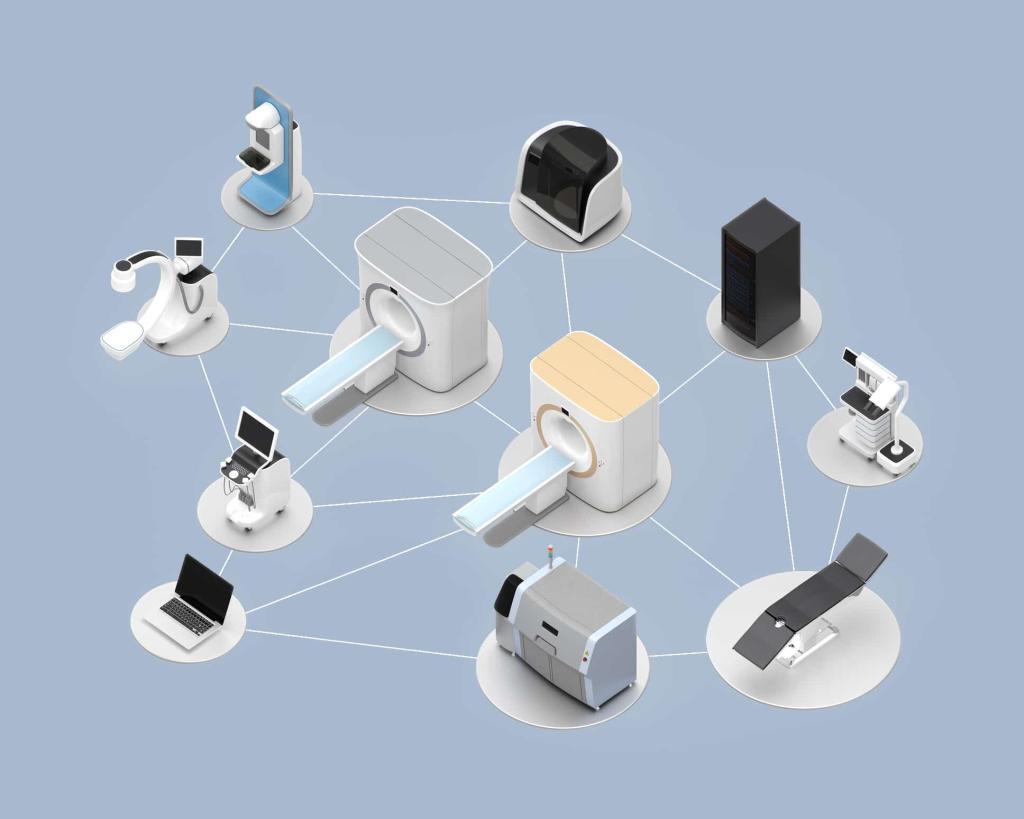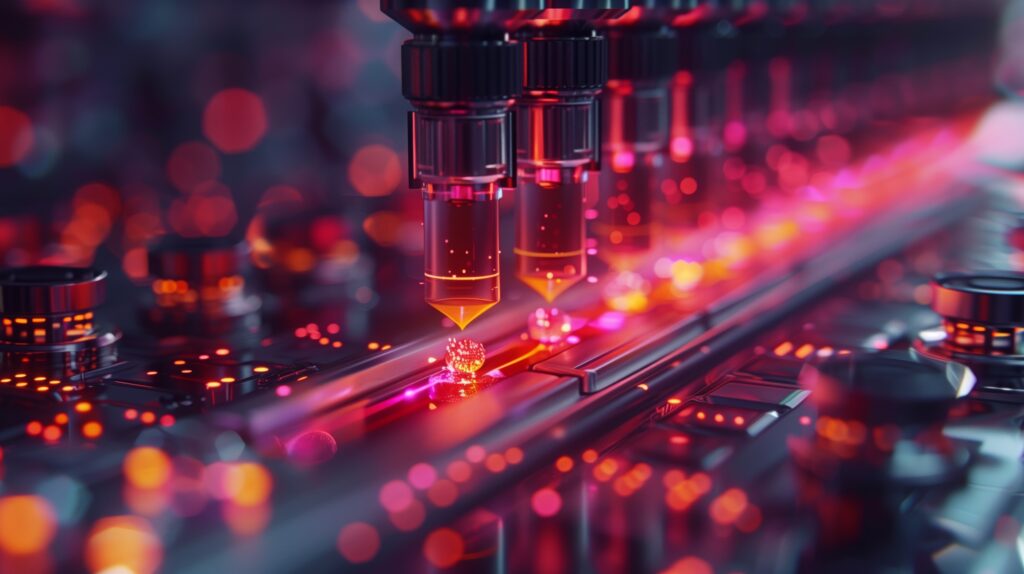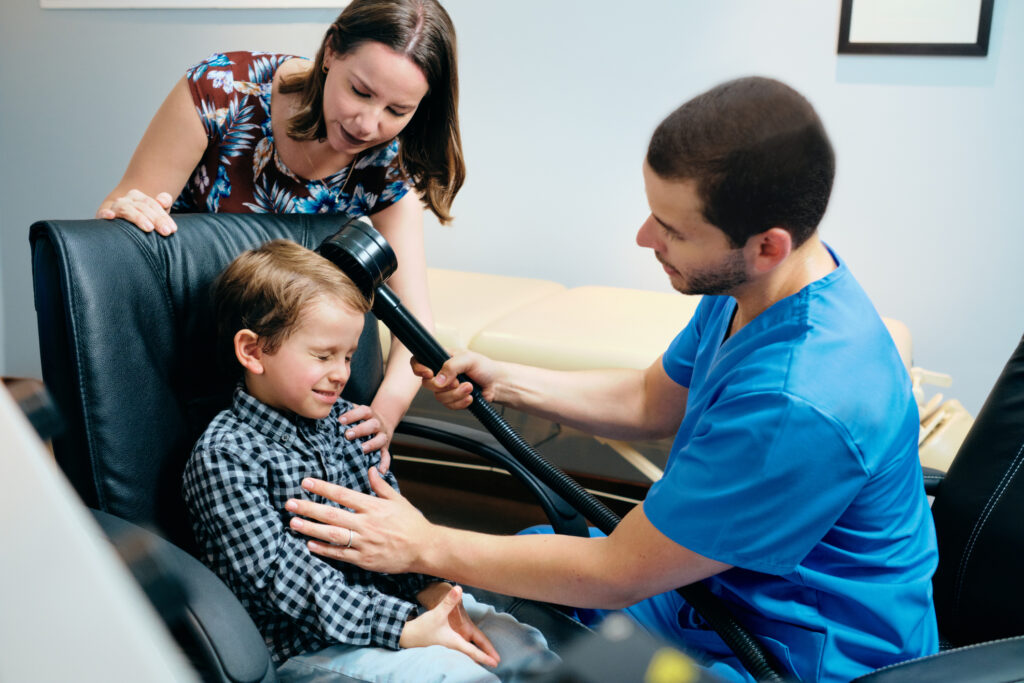Summary: A digital twin is a sophisticated virtual model of real-world systems, ranging from individual objects to complex ecosystems. This article explores the concept of digital twins, their applications in healthcare and engineering, and their potential to revolutionise industries by enabling simulations that improve outcomes. The development of human organ and brain twins represents the pinnacle of this technology, offering unprecedented opportunities in medicine and research.
Introduction to Digital Twins
A digital twin is a virtual representation of a physical entity, developed to simulate, analyse, and optimise performance. This technology is not new; its origins lie in engineering and manufacturing, where it was first used to model machines and industrial processes. Today, its scope has expanded, offering applications in healthcare, urban planning, and even personal lifestyle management.
Digital twins provide a dynamic link between the physical and digital worlds. They continuously update through data collection, allowing for real-time monitoring and adjustments. The result is a tool that empowers users to predict outcomes, prevent failures, and optimise operations.
Applications of Digital Twins
Healthcare: Transforming Medicine
Organ and Body Models
One of the most promising uses of digital twins lies in healthcare. Digital twins of human organs, such as hearts, lungs, and livers, have been developed to simulate medical interventions. For instance, a digital twin of the human heart can model the effects of different pacemaker settings, aiding doctors in personalising treatment.
Full-body digital twins take this a step further, incorporating various organs and systems. They allow researchers and clinicians to evaluate how lifestyle changes, such as diet and exercise, impact overall health. This personalised approach to medicine promises to improve outcomes while reducing risks and costs.
Brain Twins: A Frontier in Research
Perhaps the most ambitious digital twin project is the creation of a virtual human brain. By 2024, researchers aim to develop a comprehensive brain twin capable of simulating neurological processes. This model could transform the study of neurological disorders like Alzheimer’s disease, Parkinson’s disease, and epilepsy, enabling scientists to test potential treatments without invasive procedures.
Engineering and Manufacturing: Enhancing Efficiency
Digital twins are well-established in engineering, where they improve the design and maintenance of machinery. A digital twin of a jet engine, for example, can predict wear and tear, schedule maintenance, and reduce operational disruptions. These benefits are particularly valuable in industries such as aerospace, automotive, and energy, where reliability and efficiency are critical.
Urban Planning and Infrastructure
City planners use digital twins to simulate urban environments, helping to design sustainable and efficient infrastructure. Digital twins of entire cities can predict traffic flow, optimise public transport, and improve energy consumption. This approach ensures that resources are allocated wisely, reducing costs and enhancing residents’ quality of life.
How Digital Twins Work
At the core of every digital twin is data. Sensors on physical objects collect information, which is then transmitted to the digital model. Advanced algorithms process this data, simulating various conditions and predicting outcomes.
Key Components of a Digital Twin
- Physical Entity: The object or system being modelled.
- Digital Model: The virtual representation of the entity.
- Data Interface: The link between the physical and digital worlds, often facilitated by the Internet of Things (IoT).
- Analytics: Tools and algorithms that interpret data and provide insights.
Simulations and Predictions
The power of digital twins lies in their ability to simulate scenarios and predict outcomes. For example, a hospital’s digital twin could simulate patient flow during a flu outbreak, enabling administrators to allocate resources more effectively. Similarly, a digital twin of a needle can analyse its performance in varying conditions, ensuring safety and efficacy.
Benefits of Digital Twins
Improved Decision-Making
Digital twins provide actionable insights, enabling users to make informed decisions. By simulating potential scenarios, they allow stakeholders to test hypotheses without real-world risks.
Cost Savings
By predicting failures and optimising processes, digital twins reduce downtime and resource waste. This is particularly valuable in industries with high operational costs, such as healthcare and manufacturing.
Personalised Solutions
In medicine, digital twins enable personalised treatment plans tailored to individual patients. This approach not only improves outcomes but also minimises side effects.
Enhanced Innovation
The ability to test ideas in a virtual environment accelerates innovation. Engineers, doctors, and scientists can experiment with new designs and treatments, refining them before implementation.
Challenges and Limitations
Despite their potential, digital twins face several challenges. Developing accurate models requires vast amounts of data, which can be expensive and time-consuming to collect. Privacy concerns also arise, particularly in healthcare, where patient data is sensitive.
Moreover, the complexity of certain systems, such as the human brain, poses significant hurdles. Current computational capabilities may struggle to simulate the brain’s billions of neurons and intricate connections.
Future Prospects
Advances in Healthcare
As computational power and data analytics improve, digital twins in healthcare will become more sophisticated. Researchers envision fully interactive body twins that can simulate disease progression and treatment outcomes in real time.
Brain Twins and Neurological Research
The development of brain twins represents a monumental challenge but offers equally significant rewards. A functional brain twin could revolutionise neuroscience, offering insights into cognition, learning, and mental health.
Integration with Artificial Intelligence
Artificial intelligence (AI) will play a crucial role in advancing digital twin technology. Machine learning algorithms can enhance simulations, making models more accurate and predictive. For example, AI-powered digital twins could detect patterns in patient data, predicting health issues before they arise.
Ethical Considerations
Privacy and Data Security
The reliance on data raises concerns about privacy and security. Ensuring that digital twins comply with data protection regulations, such as GDPR in the UK, is essential to gaining public trust.
Bias and Fairness
Digital twins are only as good as the data they are built on. If the input data is biased, the twin’s predictions may also be flawed. Developers must strive for inclusivity and accuracy in their models.
Impact on Employment
As digital twins automate processes, there is a risk of job displacement. However, they also create new opportunities in data analysis, AI development, and system maintenance.
Case Studies
A Needle’s Journey
A simple yet impactful example of a digital twin is the modelling of a medical needle. By simulating its behaviour in various conditions, researchers can ensure optimal design and performance. This reduces the risk of complications and improves patient safety.
The Virtual Hospital
Hospitals have begun adopting digital twins to simulate patient care pathways. These models help administrators optimise bed allocation, reduce wait times, and improve overall efficiency. During the COVID-19 pandemic, such simulations proved invaluable for managing resources and predicting patient surges.
The Digital City
Cities like Singapore have embraced digital twin technology to enhance urban planning. A digital twin of the city allows planners to test new traffic systems, assess the impact of construction projects, and monitor environmental factors.
Conclusion
The power of digital twins represent a transformative leap in technology, bridging the gap between the physical and digital worlds. From modelling a single device to simulating complex systems like the human body or an entire city, their applications are vast and impactful.
The future holds exciting possibilities, particularly in healthcare, where digital twins promise personalised medicine and advanced research capabilities. However, achieving these goals requires overcoming challenges related to data, ethics, and computational power.
As digital twin technology continues to evolve, it will redefine how we interact with the world, enabling smarter decisions and more sustainable solutions.
Disclaimer
The content provided in this article is for informational purposes only and reflects the views of the authors at the time of publication. Open MedScience makes no representations or warranties of any kind, express or implied, about the completeness, accuracy, reliability, or suitability of the information contained herein. While every effort has been made to ensure factual accuracy, developments in digital twin technology and related fields may have occurred since the publication date.
This article does not constitute medical, engineering, legal, or professional advice. Readers should consult qualified professionals for specific guidance related to digital twin implementation, data privacy compliance, or clinical applications. Any references to specific technologies, companies, or research are intended solely for illustrative purposes and do not imply endorsement.
Open MedScience accepts no responsibility for any loss or damage arising from reliance on the information contained in this article.
You are here: home » diagnostic medical imaging blog »



